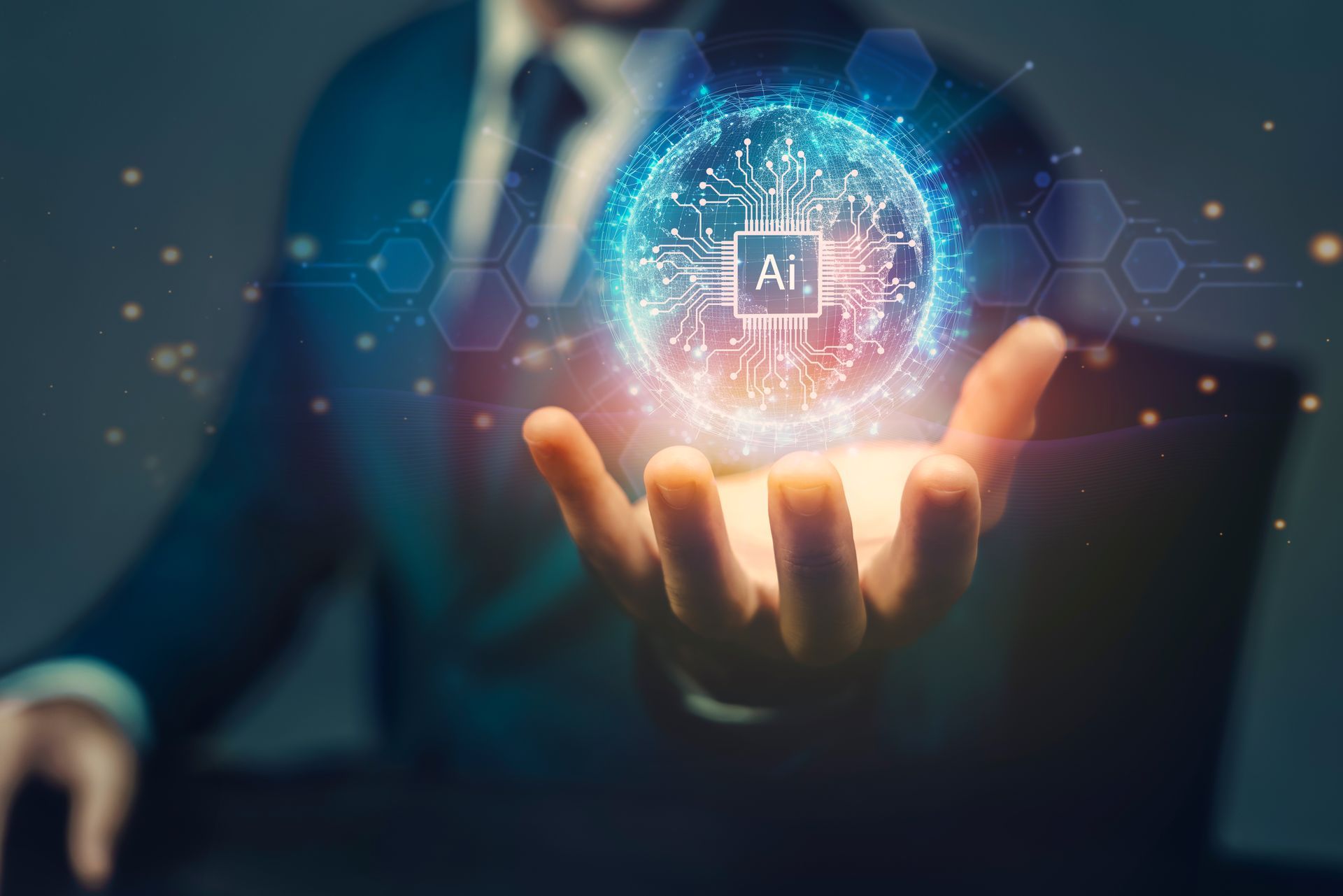Zero Trust Security for SMBs: A Comprehensive Guide
In today's digital age, small and medium-sized businesses (SMBs) face increasing threats from cyberattacks. Protecting sensitive data and maintaining the trust of customers is critical, but many SMBs struggle with limited resources and knowledge. A new approach, called Zero Trust Security, offers a solution. This strategy ensures that every user, device, and application must prove its legitimacy before accessing a company's network. By implementing Zero Trust principles, SMBs can enhance their security posture, protect their assets, and confidently navigate the digital landscape.
Understanding Zero Trust Security
Zero Trust Security is a strategic approach to cybersecurity that eliminates implicit trust in any element, node, or service within or outside the network. Initially conceptualized in 2010 by John Kindervag, a then-principal analyst at Forrester Research, the Zero Trust model operates on the principle of "never trust, always verify." This principle challenges traditional security models that operate on a 'trust but verify' approach, often leading to a compromised network once a threat bypasses the initial perimeter defense.
The Essence of Zero Trust
By assuming that threats can come from anywhere - both outside and inside the network - Zero Trust mandates continuous verification of all users, devices, and network flows. This model's importance in modern cybersecurity cannot be overstated, particularly with the increasing sophistication of cyber attacks and the evolving cloud-based and perimeter-less IT environments many companies operate today.
The Case for Zero Trust in SMBs
Small and medium-sized businesses (SMBs) are uniquely vulnerable in today's digital landscape. Often operating with limited IT resources and cybersecurity measures, SMBs present tempting targets to cybercriminals. Statistical evidence from various cybersecurity reports highlights a worrying trend: an increasing number of cyber-attacks are focused on SMBs, exploiting vulnerabilities in their less secure networks.
Implementing a zero-trust security model offers numerous benefits for SMBs. Primarily, it significantly enhances their security posture by requiring authentication and verification at every step, reducing the attack surface. Compliance with regulatory standards becomes more straightforward under a zero-trust framework, as it inherently aligns with the principles of least privilege access and data protection. Lastly, adopting such an advanced security approach can provide SMBs with a competitive edge, demonstrating a serious commitment to safeguarding client data and boosting customer trust.
As cyber threats evolve and data breaches become more costly, the adoption of zero-trust models by SMBs is not just advisable but essential. Moving beyond traditional security paradigms to a model that assumes breach from the outset positions SMBs to better protect their assets, comply with regulations, and enhance their market competitiveness. The transition to Zero Trust represents a proactive approach to cybersecurity, one that aligns with the reality of today's digital threats and the cloud-centric architecture of modern business operations.
Key Components of a Zero Trust Architecture
Implementing Zero Trust within an SMB requires a comprehensive understanding of its key components.
Identity Verification
Central to Zero Trust is managing who accesses the network. Multi-factor authentication (MFA) is essential, ensuring that users prove their identity in multiple ways before gaining access. This could include something they know (a password), something they have (a token or mobile app), or something they are (biometric verification).
Device Security
Ensuring that only secure, compliant devices can access network resources is another cornerstone. This involves regularly assessing devices for compliance with security policies and ensuring they're free from malware or vulnerabilities.
Network Segmentation
Dividing network resources into segments can limit the potential damage from a security breach. By preventing lateral movement across the network, attackers find it harder to access sensitive data even if they breach the perimeter.
Policy Enforcement
Zero Trust relies on dynamic access control policies that adapt based on the user, device, and application. These policies decide who gets access to what, and under what circumstances, ensuring that users have the least privilege required to complete their tasks.
Monitoring and Analytics
Continuous monitoring of network traffic and user behavior helps identify potential security threats in real-time. Analytics can help in understanding normal behaviors and spot anomalies that may indicate a breach.
Practical Steps to Implement Zero Trust for SMBs
Transitioning to a zero-trust model is a strategic process that necessitates careful planning and execution.
Assessing IT Infrastructure and Data
Begin by auditing your current IT infrastructure and identifying which data, systems, and services are critical. Understanding where your sensitive data lies is the first step in protecting it.
Developing a Zero Trust Roadmap
Create a prioritized implementation plan, starting with the most sensitive data and systems. This roadmap should outline each phase of adoption, from pilot projects to full-scale implementation.
Implementing Identity Verification
Integrate MFA for all users, ensuring that access is securely controlled. This is one of the quickest wins in the journey towards Zero Trust.
Strengthening Endpoint Security and Network Segmentation
Ensure devices are secure and that the network is properly segmented to control the flow of traffic and limit access to sensitive parts of the network.
Establishing Continuous Monitoring
Implement solutions that offer real-time monitoring and analysis of network behavior, allowing for immediate detection and response to threats.
Adopting Zero Trust is not without its challenges, but by following these practical steps, SMBs can significantly enhance their cybersecurity posture. This approach not only minimizes the threat landscape but also aligns SMBs with modern security practices, offering greater resilience against digital threats.
Overcoming Common Challenges
Implementing Zero Trust architecture in SMBs often comes with its set of challenges, the primary among them being cost and complexity. The shift from a traditional security model to a zero-trust model requires both financial resources and a cultural shift within the organization. Fostering understanding and compliance among users is also crucial, as even the most advanced security protocols are ineffective if not properly followed. As SMBs grow, their security measures must scale accordingly, which demands foresight in initial planning and continuous adaptation.
Case Studies: Zero Trust Success Stories in SMBs
Despite these challenges, many SMBs have navigated the transition successfully, turning potential hurdles into opportunities for strengthening their cybersecurity postures. For instance, a regional financial services firm adopted Zero Trust principles and utilized multifactor authentication, significantly reducing phishing attempts and unauthorized access incidents. Similarly, a healthcare provider implemented network segmentation and access control policies to protect patient data successfully, complying with stringent regulatory requirements. These examples underscore how SMBs can leverage Zero Trust to not only enhance their security but also fortify their reputation and trustworthiness in their respective industries.
Aligning Zero Trust Implementation with Business Goals
The ultimate aim of adopting Zero Trust security is to support broader business objectives, such as resilience, continuity, and competitive advantage. By mitigating cybersecurity risks, SMBs ensure their operational integrity and safeguard their critical assets, which is paramount for maintaining customer confidence and meeting compliance requirements. By partnering with experienced IT service providers like Orion Integration Group, SMBs can access expert guidance and support throughout the implementation process, ensuring that their move to Zero Trust is both strategic and aligned with their long-term business goals.
While the journey to Zero Trust may seem daunting, especially for resource-constrained SMBs, the strategic benefits far outweigh the challenges. With a clear understanding of the steps involved, a focus on overcoming obstacles, and an alignment with business objectives, SMBs can effectively implement a zero-trust architecture. Leveraging success stories as a source of inspiration and guidance, businesses can navigate this transition, ensuring a more secure and resilient future in a landscape marked by ever-evolving cyber threats.
Take the first step towards a more secure future for your business with Orion Integration Group's expert cybersecurity services. Our tailored Zero Trust security solutions are designed to protect your data, enhance compliance, and give you a competitive edge in today’s digital world.











